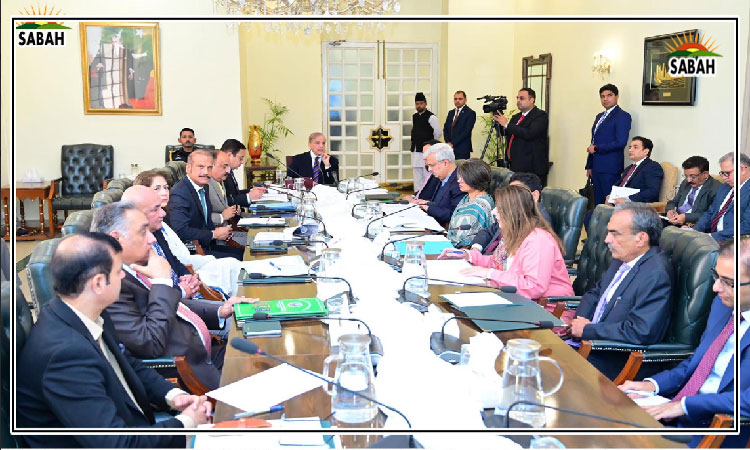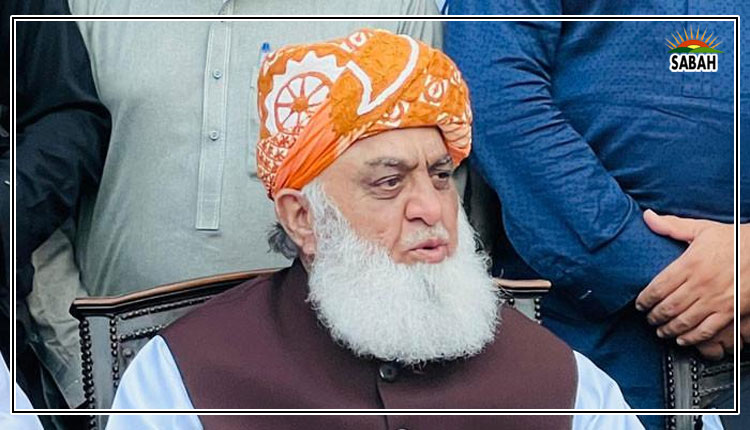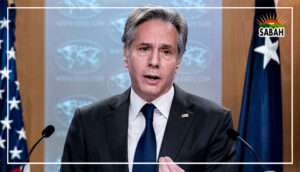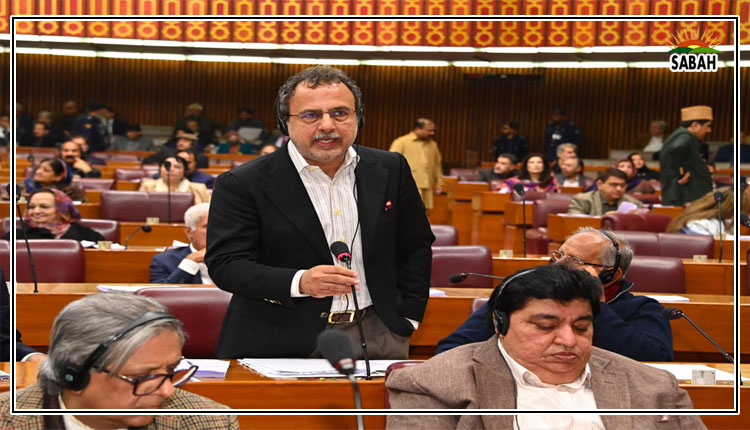An energy policy premised on renewables is indispensable…Ishtiaq Ali Mehkri
Pakistan has a lopsided energy policy, if at all, and is irrational to the core as it is solely import-reliant. The worlds fifth populous country, with 245 million consumers, depends on a diverse mix of sources, prime among which is imported petrol and LNG, apart from indigenous fossil fuels, hydropower and renewable energy.
The countrys natural gas reserves, estimated at 18.3 trillion cubic feet, will stand exhausted within 15 years. So is the case with oil reserves that are currently less than 200 million barrels, thus a perpetual reliance on imports. The average oil and gas production in 2023 stood at 25 million barrels of oil per day and around 3,200 million cft of natural gas per day.
That compels the country to import a staggering $6 billion crude oil every year, raising the energy (oil and LNG) import bill to $19 billion that is projected to rise to $30 billion by the end of the decade. That cannot go on taking into account the plummeting economy, coupled with rise in population and production demand. New avenues and incentives have to be found to overcome not only the energy shortfall but also make it accessible and affordable to keep the wheel of the economy turning.
Currently, the power tariff across the board is untenable and has made Pakistan a redundant destination in terms of investment and exports. Likewise, notwithstanding urbanisation, negative consumption patterns are being witnessed. The OCAC has also projected a slump in demand. The local consumption of energy, including oil and natural gas, has stagnated or decreased due to a spiral in prices and reduction of subsidies.
Lets take a look at the palpitating energy production graph of the country. The nuclear component is 3,530 MW from six reactors i.e. about 27% of the total electricity generation. The 42 IPPs are the elephants in the room, contributing to the circular debt as they find themselves in a win-win situation due to the shady capacity payment agreement with the government. Similarly, only 10% of power generation comes from renewables wind, solar, biogas as well as hydroelectricity. Thus, Pakistan currently meets 29% of gas, 85% of oil, 20% of coal and 50% of LPG needs through imports.
Roughly, for a GDP growth of 1%, energy production should increase by at least 1.5%. Pakistans growth hit as high as 5.9% during 2019-21, and the benchmarks of developing states hint that it can go up to 9% to attain self-reliance. But the heating of the economy once the 5% mark is crossed is an enigma for countries like Pakistan, with constants of inflation, currency depletion and huge debt-servicing. This is where the country is in a fix at the hands of growing consumption and lack of energy supply, not to mention the risks faced by climate change and threat of food insecurity.
An instant check-list should comprise tapping of new reservoirs of oil and gas, and making their obstruction-less supply countrywide at a rational price tag. A policy that premises on ease-of-doing-business is desperately needed offering a level-playing field to new comers in the energy market, alongside making exploration ventures a one-window operation. There is big money sitting out there with energy multinationals, and red tapism and security concerns are big impediments.
Pakistan is blessed with immense sunlight, wind power and hydro channels. A recent World Bank report has pointed out more than $10 billion can be saved in foreign exchequer if solar panels are installed. But the trend was discouraged by slapping taxes on installing solar panels, and a hegemon attitude, likewise, of power companies.
It is a draconian reality that the debt-laden country doles out around $20 billion per annum for import of oil and gas, and risks energy security in case of regional eventualities. This is where a leap towards renewable energy is indispensable. This warrants a policy that is inward looking, diversifying the pattern of energy production as well as consumption. Primarily, the issue can be best dealt with by choreographing it under the spheres of access, affordability and sustainability.
Courtesy The Express Tribune












